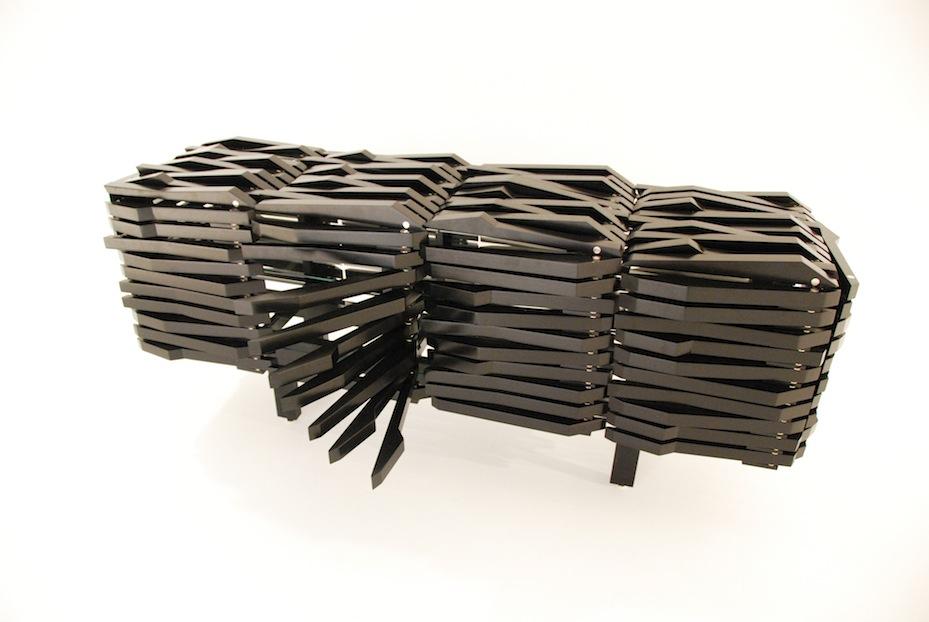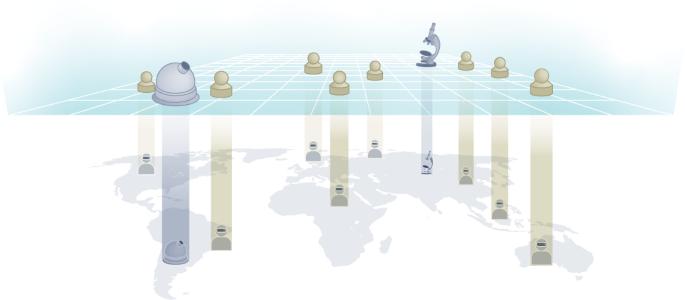How can digital technologies revolutionize the art world?
Digital technologies have the potential to revolutionize the art world in various ways. One of the major ways is by expanding the possibilities of artistic expression. With the advent of technologies like artificial intelligence (AI), artists can now push the boundaries of their creativity and explore new avenues for artistic exploration. AI can generate unique and unexpected patterns, compositions, and concepts that would be challenging for human artists to conceive on their own. This collaboration between human creativity and AI algorithms can lead to the creation of groundbreaking and thought-provoking artworks that challenge our perception of what art can be.
What are the concerns raised by artists regarding the use of disruptive technologies?
While there are many benefits to disruptive technologies in the art world, artists have raised valid concerns about their use. One major concern is the potential loss of artistic control and the impact on creative integrity. With technologies like AI, there is a fear that the machine will take over the creative process, diminishing the role of the artist. Artists worry about becoming mere facilitators or observers rather than active creators. Additionally, there is also concern about the ethical implications of using disruptive technologies. For example, the use of facial recognition algorithms raises questions about privacy and consent. Artists want to ensure that their use of technology aligns with their artistic vision and values.
What are the potential benefits and limitations of NFTs in the art market?
NFTs (Non-Fungible Tokens) have garnered significant attention in the art market and offer both benefits and limitations. One of the potential benefits of NFTs is the ability to provide artists with new opportunities for exposure and monetization. Artists can showcase and sell their digital artworks directly to collectors without the need for intermediaries like galleries or auction houses. This can give emerging artists a platform to gain recognition and financial support. Additionally, NFTs can provide artists with royalties or secondary market sales, ensuring that they continue to benefit from the resale of their artworks. This can significantly enhance the economic prospects of artists in the digital age. However, there are also limitations to NFTs. One concern is the environmental impact of blockchain technology, which is the underlying infrastructure of NFTs. The energy consumption required for blockchain transactions has raised concerns about sustainability. Additionally, there are challenges regarding copyright infringement and ownership verification in the realm of NFTs. The ease of creating and selling NFTs has led to instances of unauthorized use of artists’ work or the sale of counterfeit NFTs. These challenges need to be addressed to ensure the integrity and legitimacy of the NFT market.
Full summary
The art world is experiencing a seismic shift with the emergence of digital technologies. A recent panel discussion hosted by Artnet and Mortlach delved into the implications of these technologies and explored the perspectives of various artists. The discussion centered around the embrace of disruptive technologies, the rise of NFTs, and the future of digital art.
The panel discussion kicked off with a lively debate on the impact of digital technologies on art and design. Artists acknowledged the potential of these technologies to revolutionize the art world. Sebastian Errazuriz, a renowned artist, advocated for embracing artificial intelligence (AI) as a powerful tool for artistic expression. He emphasized the ability of AI to push creative boundaries and open up new avenues for exploration.
However, not all artists were convinced about the benefits of disruptive technologies. Trevor Paglen, a prominent artist, offered pushback on the terms of operation for these technologies. He raised concerns about the potential loss of artistic control and the impact on creative integrity. Paglen urged artists to approach these technologies with caution and consider the implications of relinquishing control.
The discussion also delved into the topic of NFTs and their potential for the art world. Artists shared their different approaches to NFTs and how they could revolutionize the art market. Khyati Trehan, an emerging artist, highlighted the professional opportunities that NFTs present. She emphasized the ability of NFTs to leverage technological developments and create new avenues for artists to showcase and monetize their work.
The future of digital art and its interactivity were also explored during the discussion. Artists discussed the possibilities of creating immersive and interactive digital art experiences. The concept of the metaverse, a virtual shared space, was a topic of interest. It was acknowledged that the metaverse has the potential to reshape the art world by providing virtual meeting spaces and immersive 3D environments for collaboration and communication.
In addition to the main source, several extra sources provided additional insights into the impact of digital technologies on various aspects of the art world. One highlighted the potential of the metaverse to address limitations in accessibility for researchers. Virtual meeting spaces and immersive 3D environments can enhance collaboration and communication, ensuring that research is more inclusive and accessible.
Another source explored how the metaverse can improve the reproducibility of experimental results. Scientists can record and replicate laboratory conditions and procedures in immersive 3D simulations, promoting transparency and fostering collaborations.
The impact of digital technologies on the art world was further examined in the context of artificial intelligence. AI has swept the creative industry, with AI tools being embraced as design aids. There are concerns about artists being replaced by AI, but Sebastian Errazuriz advised artists to adapt and embrace AI as a powerful tool for creative expression. The examples of AI-generated designs showcased the immense potential of AI in various artistic fields.
The article also touched upon the issues raised by ImageNet Roulette, a digital art project that highlights the flaws of AI technologies and facial recognition services. The project raises questions about the accuracy and ethical implications of AI-generated labels.
The rise of NFTs and their impact on the art world was one of the most discussed topics during the panel. The article detailed the various aspects of NFTs, including their unique valuations, tamper-resistant nature, and the financial value they add to digital art. However, the article also acknowledged the concerns surrounding NFTs, such as barriers to entry, copyright infringement, and environmental impact. Artists are exploring alternative platforms with less environmental impact and setting up NFT tokens to receive compensation for resales.
The concept of interactivity in visual arts and digital interactive art was also explored. Artists and experts discussed how interactivity bridges the gap between artists and audiences, creating innovative and immersive experiences. Digital interactive installations and transformative technology have reshaped the arts industry, providing new mediums for artistic expression.
Finally, the article discussed the uncertainties surrounding the metaverse and its potential. While some experts framed the metaverse as a technical evolution of the internet, there are calls for open debates and cautious consideration of the link between culture, technology, and behavior in the metaverse.
Overall, the panel discussion and the additional insights from various sources highlight the profound impact of digital technologies on the art world. From embracing disruptive technologies to exploring the possibilities of the metaverse and NFTs, artists are navigating a new landscape of creativity and innovation. The article encourages artists and industry leaders to remain focused on the possibilities of blockchain technology and to manage its impact responsibly.














